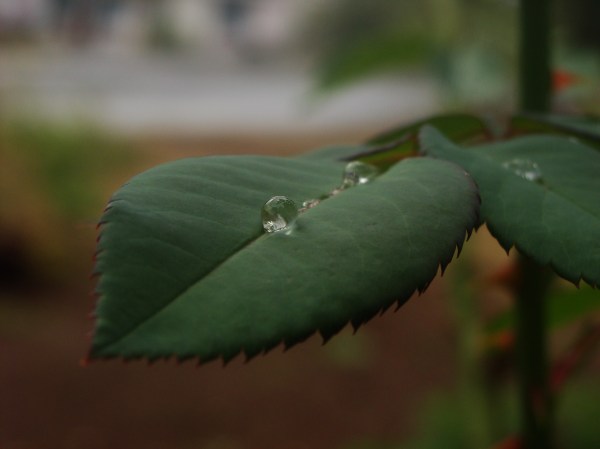It seems obvious that if you dig or drill into the soil, at some point you will hit groundwater. Drill deep enough and you will reach an aquifer containing enormous amounts of fresh water. After this you can just pump water out of these wells and you will have fresh water aplenty. Or so was the thinking among many for the longest time. As enormous the fresh water reserves in the form of groundwater are – with most liquid fresh water being groundwater – we can literally empty them faster than that they’ll refill.
As the Dust Bowl disaster painfully showed in the 1930s and drought along with surface subsidence issues as in e.g. California’s Central Valley shows today is that we cannot simply use the soil and groundwater and expect no consequences. While the 19th century saw many fresh settlers to the West’s arid and semi-arid regions like California believe in the ‘Rain follows the plow‘ mysticism, the 20th century and these first few decades of the 21st century taught us that tilling the soil and drawing groundwater for irrigation does not change an arid climate into a lush one.
Perhaps ironically, even with increasing droughts, most human settlements use stormwater drainage and combined sewage systems to carry rainwater away, rather than letting the groundwater recharge naturally. Fortunately, more and more regions these days are seeing the necessity of managing groundwater.
Continue reading “Groundwater: Management Of A Much Neglected Lifeline”













